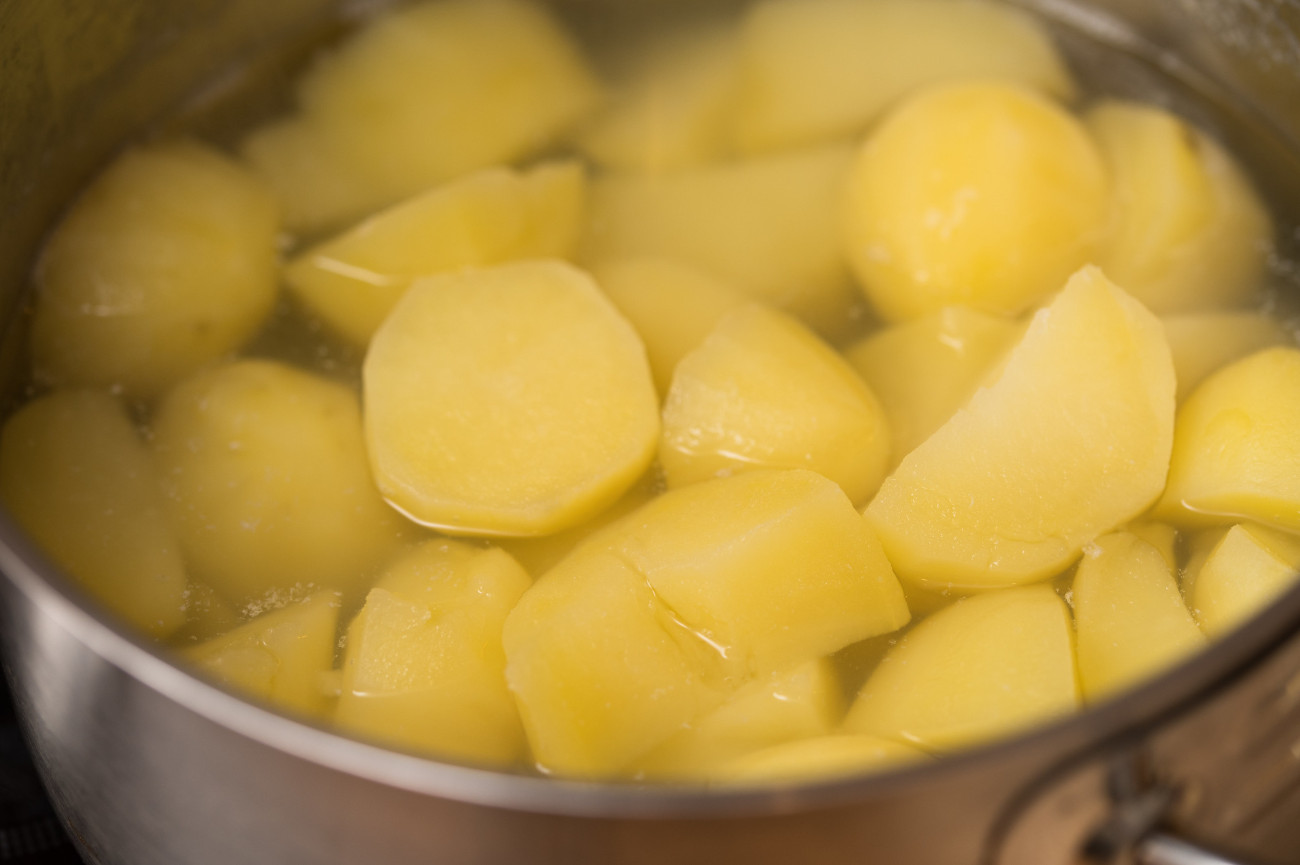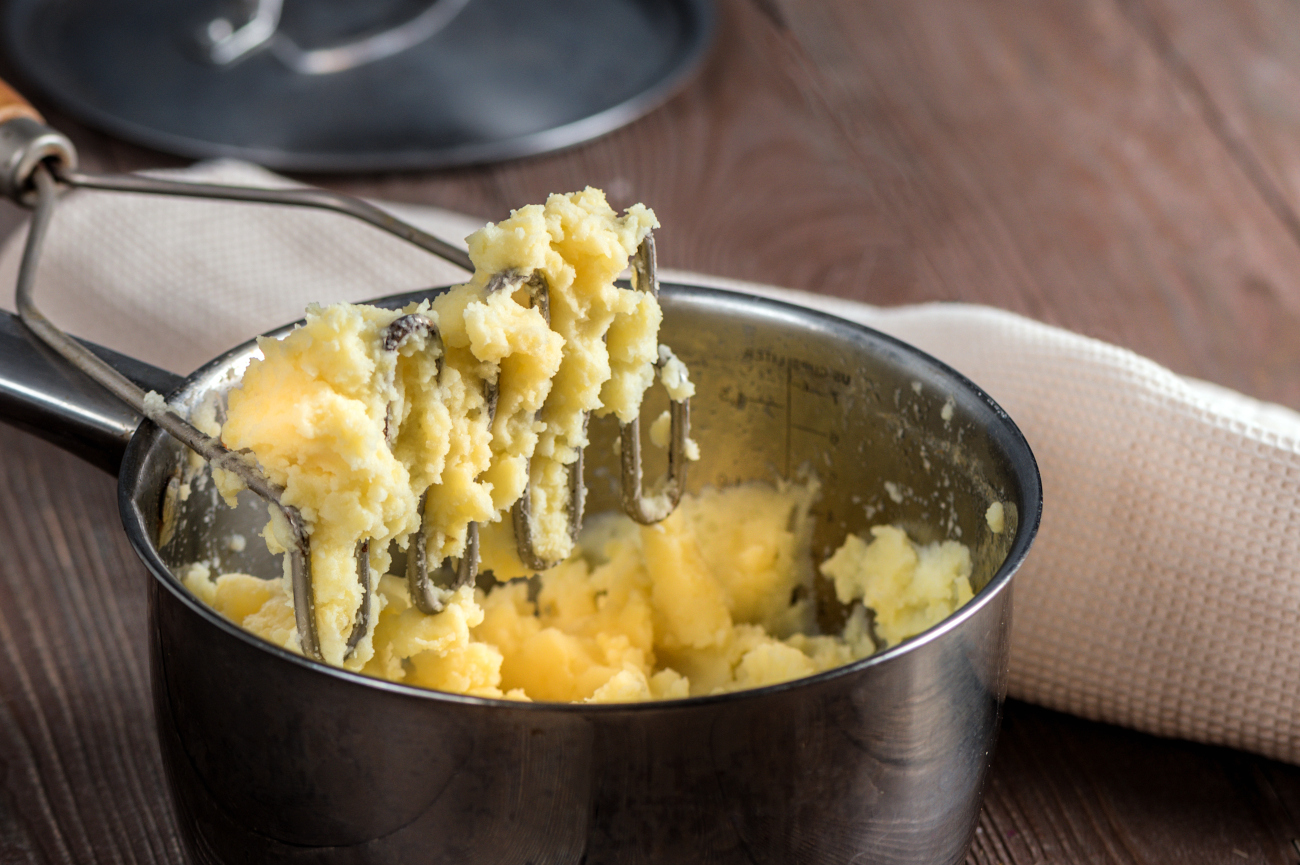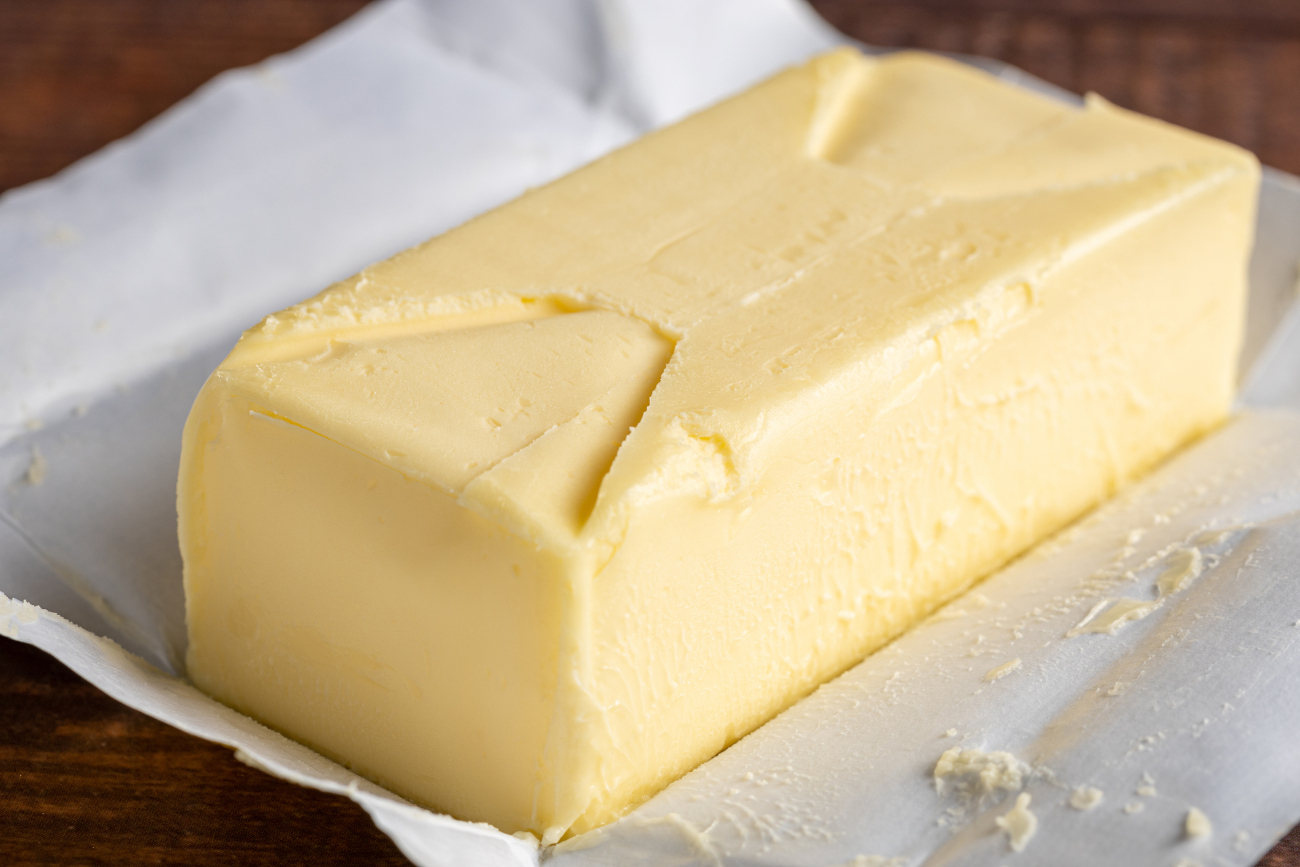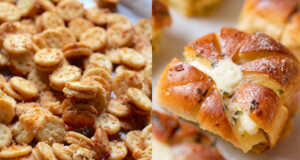Mashed, whipped, and beaten, the creamy, carb-y mound of mashed potatoes placed onto the holiday table is full of divots and valleys, just waiting for you to slap on the butter and pour on the gravy. Yet, as much as we love mashed potatoes, when do we ever get the creamy, dreamy, silky kind? The one we see on a fine china plate of a low-lit steakhouse and through the television screen of a glitzy cooking show?

More often than not, homemade mashed potatoes are a lumpy hodgepodge hidden under mix-ins like creams, butters, and even cheeses. Getting the mashed potatoes of your dreams is a reality — just avoid these blunders.
Don’t start with warm water.
Start the boiling process with cold water.

A good mashed potato requires a good cooking time, and that starts at the boiling pot. With a multitude of dishes, a quick shortcut of warm water may seem like a fair bet and help the cooking process along, but that is not the case. You want to drop your potatoes in cool or cold water and boil them from there. Uneven cooking temperatures — that come from warm water — may cause the potatoes to cook unevenly and result in potatoes that have a gritty, mealy texture.
Don’t leave your water as is.
Salt your water.

As the water gets to a boil and the potatoes cook, the potatoes’ cell walls become more porous, meaning that water (and flavor) will leech into the potatoes. This boiling period is the perfect time to season your potatoes. Think of salting potato water the same way you’d season pasta water — very liberally. For every one pound of potatoes, add one tablespoon of salt to the water.
Don’t boil your potatoes whole.
Cut your potatoes into even pieces.

Cutting the potatoes into pieces promotes even cooking and makes mashing less of an arduous process.
Don’t mash your potatoes with mix-ins.
Mash your potatoes just as is.

To get a smooth mashed potato texture, mash the potatoes solo. After draining the boiled potatoes, return the potato pieces back into the pot, set the pot over a low flame, and mash the potatoes (and only the potatoes) until you can get them as smooth as possible. Mashing the potatoes on a low flame without any other ingredients allows the steam to escape and the texture of the mashed potatoes to smooth out.
Don’t use a stand mixer or food processor.
Use a masher, food mill, or ricer.

While stand mixers and food processors get the job done fast, they also interact with the potato starch, creating a gluey texture. A masher, food mill, or ricer breaks down the mashed potatoes without creating an unpleasant texture.
Don’t add cold ingredients.
Add room temperature ingredients.

To incorporate ingredients and create a smooth texture, make sure the ingredients you’re adding in are room temperature or softer. If you’re using ingredients like milks or creams, warm them up in a saucepan and drop in the butter as well. If you’re using ingredients like buttermilk, sour cream, or cream cheese, make sure they are very soft.













